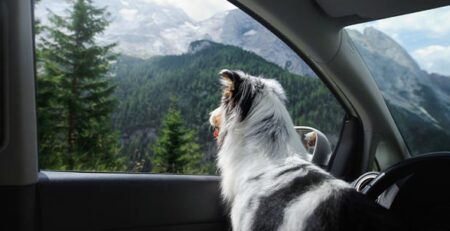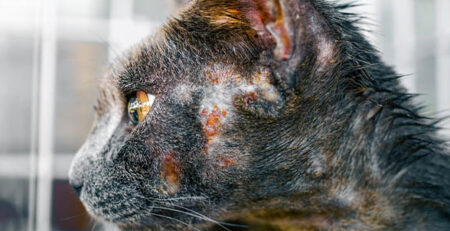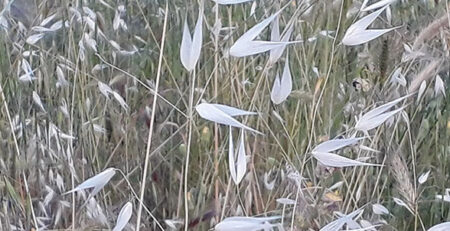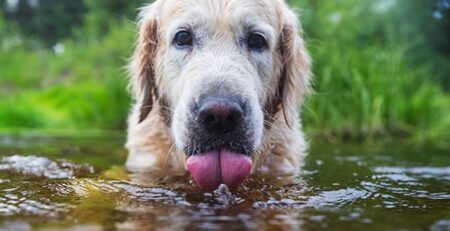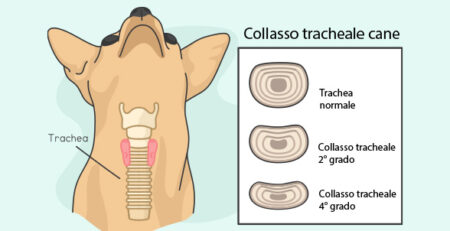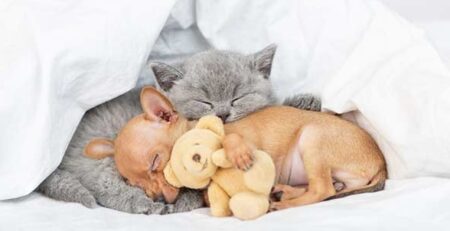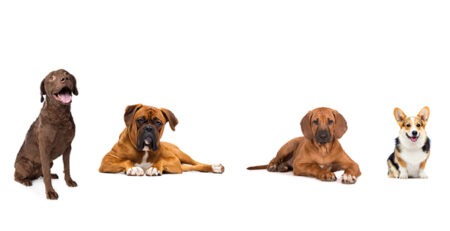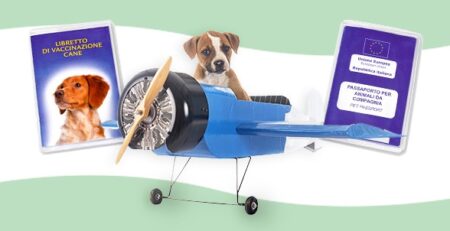Table of Contents
Overweight cat and feline obesity: excess fat predisposes kitty to serious diseases. Proper diet and exercise are essential to get him in shape and keep him healthy.
Feline overweight represents a particularly serious malnutrition disease in cats because it predisposes to serious diseases.
To understand the scope of the problem, you need to know some basic concepts about feline nutrition.
Did you know that the cat is an “obligate carnivore”?
Like all animals that necessarily need meat in order to survive, the cat is an “obligate carnivore,” and protein forms thebackbone of its diet.
Its teeth, with sharp teeth for tearing and tearing apart prey meat, and its digestive system, with a rather short intestine, are specialized for a meat diet.
Obligate carnivores lack certain enzymes at the salivary, intestinal and hepatic levels that are essential for carbohydrate digestion.
That is why it is important to prevent them from taking any.
Weight gain occurs when the cat takes in more calories than it is able to burn.
This excess energy, associated with a sedentary lifestyle, is stored in the form of fat.
Unfortunately, indoor cats tend to eat poorly and more than they should, and the risk of overstretching beyond the right weight can cause them to become overweight and degenerate into obesity.
What diseases is the overweight cat predisposed to?
In felines, overweight is a condition that predisposes to the development or exacerbates the progression of major diseases:
- diabetes mellitus
- hepatic lipidosis
- diseases of the lower urinary tract
- arthritis
In addition to this, an overweight cat is more prone to exercise intolerance, elevated anesthesia risk, respiratory issues, and reduced immunity.
Is overweight caused only by poor nutrition?
There are also cases in which cat obesity is attributable not so much to poor nutrition as to metabolic dysfunction or endocrine imbalances.
Aging is another cause of excessive cat weight gain.
Somewhat like what happens with humans, cats also tend to gain weight when they get older because their metabolism changes.
To understand the true causes of your cat’s obesity, your veterinarian plays a key role: with his help and specific examinations, he will be able to determine exactly why your cat has gained weight.
Has the Veterinarian determined that the cat should be put on a diet?
If your veterinarian ascertains that your cat’s overweight stems from poor nutrition, it is time to take action and plan a proper weight loss program .
The purpose of the diet is to bring about a loss of body fat with minimal loss of lean tissue, and without adverse health effects.
A well-balanced diet tailored to the cat’s physiological condition will help reduce energy intake and stimulate feelings of satiety.
Do you know that to reduce cat overweight, it takes order and discipline on your part?
It is important, in addition to quantity, how you feed your cat’s food.
Stick to schedules, prescribed servings and, above all, do not stretch leftovers or snacks: order and discipline are the basis of an effective diet.
Absolutely forbidden, therefore, to place bowls overflowing with kibble and to be pitied by the cat’s groans.
Weigh the cat on a weekly basis and record it in a diary, specifying what and how much it eats so you can monitor the progress of the diet and the progressive reduction of overweight.
Did you know that overweight is defeated by diet combined with exercise?
By leading a sedentary life and having no need to hunt, the cat ends up accumulating unexpressed energy.
That is why, in addition to diet, the cat must also get adequate and constant exercise.
But how to stimulate the cat to exercise?
There are many ways to create an environment suitable for the cat’s ethological needs and to stimulate it to move around.
There are numerous accessories and games on the market to help him stay on the move.
Stairs and shelves
Cats like to climb everywhere. Ladders and shelves allow him to reach very high places.
Not only will the cat be able to move around and enjoy jumping from one spot to another, but it will also be able to rest and feel safe.
Scratch pulls
Sharpening claws is an innate necessity of the cat.
The best would be to have the bark of a tree available, but if you can’t put one in the house, there are several types of scratch pullers on the market.
The taller ones, in addition to the ability to get nails, also allow the cat to sleep, rest, play and jump.
Smart games
Cats love to chase and play with anything that moves.
An aluminum foil paper ball is already an assured source of fun.
Cardboard boxes for cats, likewise.
Always vary the type of toys, preventing the kitten from becoming accustomed and unstimulated.
Playmates
It would also be a good idea, if your cat is an “only child,” to welcome at least one other cat into the house so that he or she can have a playmate and rambling companion.
If your cat is over sized, contact us and schedule an appointment to assess its health status.
At La Veterinaria Clinic, our Staff Physicians are always available to you for comprehensive check-ups and specialized consultations.
La Veterinaria Clinic is always open h24 every day including holidays and with First Aid service from 8 pm to 8 am.
For the joy of seeing them HAPPY.



